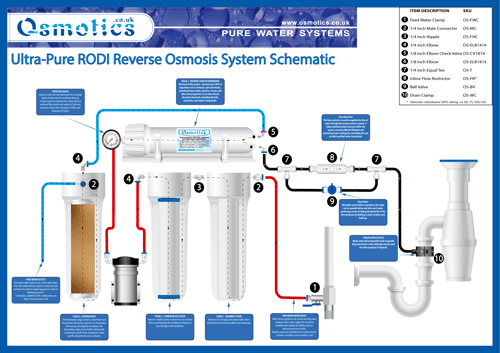Product added to cart
16July
16July

16July
16July
Does Reverse Osmosis Remove Hormones and Steroids? Unraveling the Truth
In an era where water contamination is a growing concern, ensuring the purity and safety of our drinking water is crucial. Reverse osmosis (RO) is a popular water purification method known for its effectiveness in removing various contaminants. However, when it comes to hormones and steroids, there are some important considerations to explore. In this blog post, we will delve into the topic of whether reverse osmosis can effectively remove hormones and steroids from water.
Understanding Hormones and Steroids in Water
Before we delve into reverse osmosis, it's essential to understand how hormones and steroids can enter our water supply. Hormones are naturally occurring chemicals produced by living organisms, including humans and animals. Steroids, on the other hand, are synthetic compounds used in various pharmaceuticals, as well as naturally occurring compounds found in plants and animals. Both hormones and steroids can end up in water sources through various...

